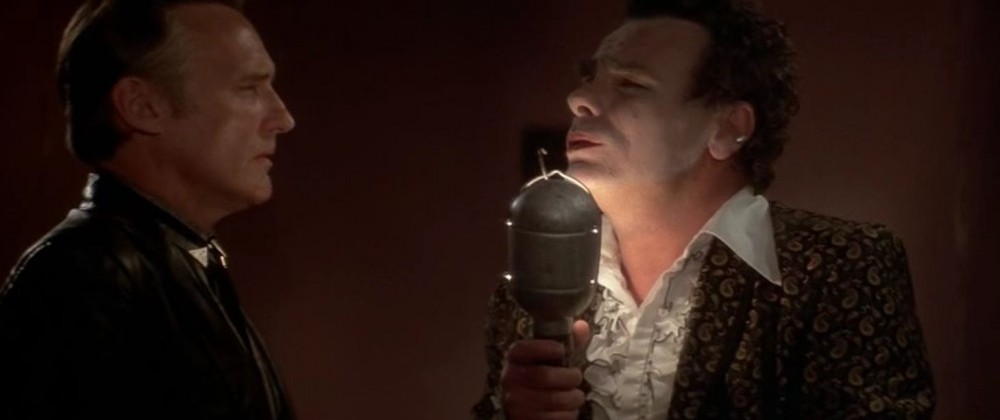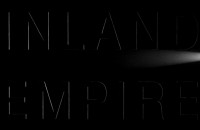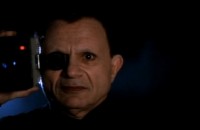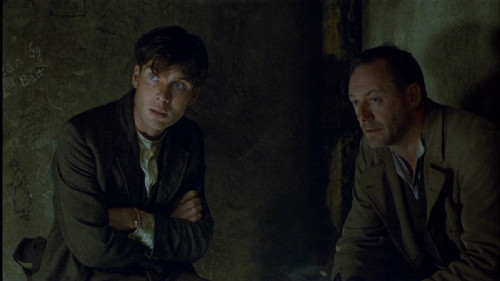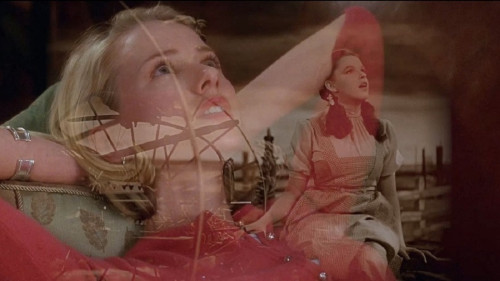Volume 13, Issue 9 / September 2009
David Lynch
In this issue
This special issue on David Lynch, one of North America’s most idiosyncratic and innovative directors, has been on the cards here at Offscreen for a long while (along with imminent issues on Michelangelo Antonioni and Theo Angelopoulos). David Lynch’s name is usually synonymous with ‘weird’ but for those who have followed his career closely a more accurate definition might be polymorphously weird, or just plain eclectic. Along with his successful career as a painter, Lynch has made just about every type of film in every type of medium —feature films, short films, film films, digital movies, fiction, documentary, animation— and has adopted to new technologies quicker and with more invention than most of his contemporaries (his website, which features many unique works, is just one example). The initial impetus for this special issue was the round table discussion on Inland Empire, which follows the format of an earlier Offscreen round table discussion on Michael Moore’s Fahrenheit 9/11 (a third is forthcoming on Tarantino’s Inglorious Basterds). The two-part round table discussion, along with Ryan Diduck’s personal, impressionistic essay on meditation and creativity, deals largely with Lynch Inland Empire (although it also relates Inland Empire to some of Lynch’s earlier works). The fourth and five essays deal with Lynch’s first major breakthrough film, and probably the one that most typifies what has become known as the ‘Lynchian’ aesthetic, Blue Velvet. Lynch’s debut film Eraserhead remains undoubtedly his masterpiece where ‘weirdness’ is concerned, but Blue Velvet made inroads into the mainstream with its more ‘user friendly’ approach to narrative and character (at least compared to Eraserhead). Stefan Gullatz and Michael Bloom’s essays complement each other nicely in that they both discuss the varying textual strategies (formal, thematic, and, where Gullatz is concerned, philosophical) that Lynch uses to confound critical attempts to arrive at uniform (or ‘comfortable’) interpretative meanings. For example, Gullatz explains how Lynch’s often cited use of irony rarely works at face value, or at its surface value, but ends up operating at an opposite value, achieving “a sense of significance,” or, quoting Žižek, “both [the] ridiculous and [the] sublime.” For Gullatz the way out of this apparent critical deadlock is to shift the focus away from the epistemological to the ontological. Lynch’s use of irony also becomes a focal point for Bloom, who concentrates on how Lynch’s aesthetic strategies can elicit seemingly contrasting emotions and possible meanings. For example, how the ‘virginal’ archetype of the Sandy character can be understood as one who abstains completely from sex to preserve her purity, or one who has sex with many partners to preserve her freedom from belonging to any one man; or how nudity can be sexual and erotic, or horrifying. (Donato Totaro, ed.)

